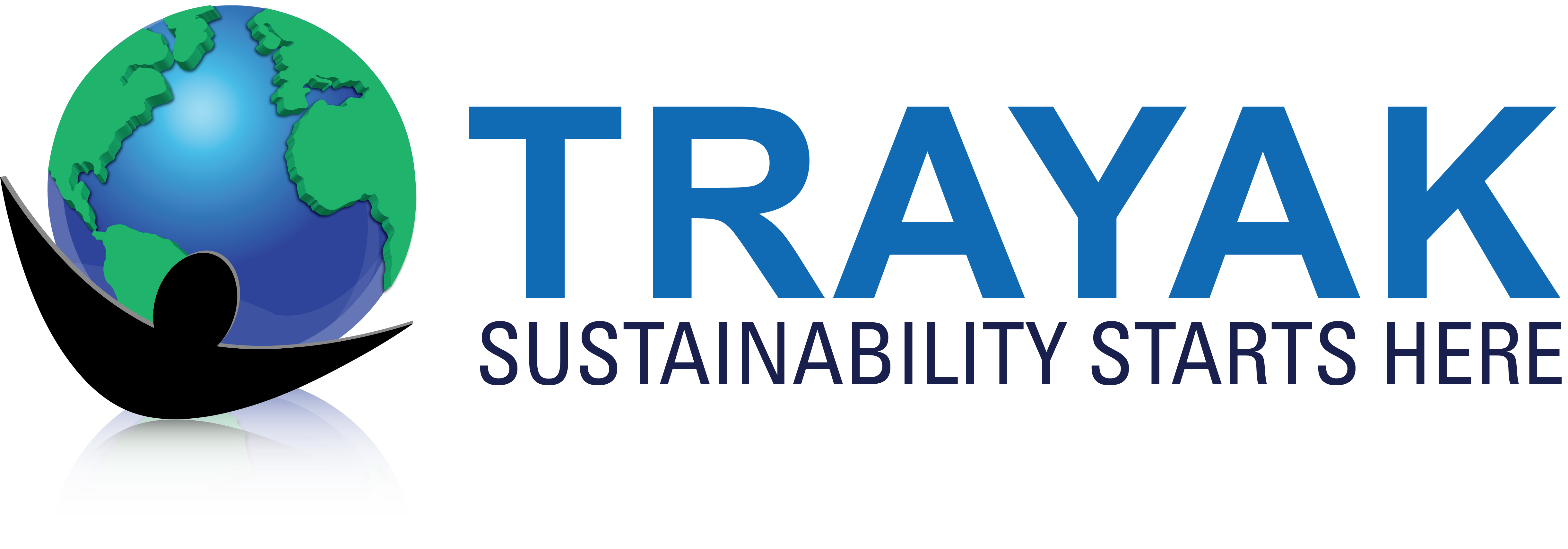Your team may already be striving to reduce packaging impacts or you may have been tasked with creating a sustainability program from scratch. In either case, the next step in your journey is leveraging internal motivation and elevating your sustainability initiatives to include meaningful, measurable sustainable packaging goals. Internal or external goals can catalyze progress and grow your company brand. Check out these 4 steps to create real change using a holistic and data-driven approach to sustainable packaging goals.
1. Research the Landscape
Many companies have already made public commitments or regularly communicate sustainability initiatives in annual CSR or ESG reports. This makes it easy to find information and gauge the current landscape. Begin by researching leaders in sustainability, top businesses in your own industry, and competitors to see what they do. How do they present themselves publicly and which best practices might be applicable in your journey? The U.S. Plastics Pact has identified several goals for 2025 including eliminating problematic or unnecessary packaging, 100% plastic packaging that is reusable, recyclable, or compostable, and achieving an average of 30% recycled or responsibly sourced bio-based content. An increasing number of organizations also target carbon neutrality in the next 10-20 years. The Sustainable Packaging Coalition operates a database of companies with public goals and further groups those related to bio-based/renewable materials, design for recovery, increasing recycling, recycled content, volumetric efficiency, material efficiency, responsible fiber sourcing, and others. Learn which goals have been identified by top companies and the best practices to achieve success.
2. Find Your Baseline
“Voluntary commitments to sustainable packaging are made with varying degrees of specificity, ranging from general statements of support to formal goals with target dates, metrics, and baseline information.” – Sustainable Packaging Coalition
Start to understand where your company stands today. This might include current environmental impact, capability for change, or goals of highest priority. Which goals most closely align to your company vision and mission? Where are there areas for improvement? Which goals will be most salient to your customers and stakeholders? For more insight, look to understand what packaging you create and why. What are your most commonly used materials, how often are they recyclable or bio-based, how much PCR content is being used? What is your company’s capability for research, design, development, and supply chain logistics involving packaging?
Setting goals will always include a baseline, target, and timeline. The next step is to baseline your current environmental impact. EcoImpact-COMPASS empowers you to baseline your portfolio, model design changes, target measurable goals, track progress, understand key metrics, and find useful material insights using a data-driven and holistic approach. It may even be appropriate to explore data integration or consulting projects with Trayak. Start to understand where your company’s priorities are and how best to tackle achievable goals. Baselining the entire packaging portfolio may not be a reasonable place to start. Instead, narrowing the scope and starting with the highest volume packaging, a particular brand, department, or sub-section can lead to success in the long run.
3. Determine Goals
Scope, target metrics, timeline, and actionable steps are all important items to incorporate early as you formulate your broader goals and commitments. Also include best practices that incorporate continuous improvement, regular evaluations of progress and milestones, new and emerging materials/technologies, and review of the industry landscape to keep you staying competitive. Make sure to use an iterative approach to determine the sustainability goals that make the most sense. Over time, your goals and understanding will mature, expect them to change or evolve substantially several times during the process. Making room for the process to unfold will lead to better outcomes and the overall longevity of your sustainability program itself. Continually weigh aspirational goals against your company’s current capabilities and highest priorities.
Use an iterative approach to determine goals and a phased approach to implement the plan.
When you are ready to implement the plan, employ a phased approach starting with items of highest priority. Whether you have already begun your sustainability journey with set initiatives and milestones or you are starting completely from scratch, it is important to start slowly and narrow the scope to respect the work needed to make change. For example, reducing plastic usage may sound like a straightforward goal but it could entail substantial research, planning, and important considerations. Plastic, for example, oftentimes has a lower overall impact compared to other materials simply because it is lightweight. Changing materials or formats also involves design, supply chain, cost, and manufacturing changes. Are there any “low hanging fruit” that you can move towards and find success early on?
Ask us about our new whitepaper on sustainable packaging strategies for more information.
4. Communicate and Commit
Best practices include bringing a wide range of stakeholders into the conversation throughout the process of setting and implementing goals. Try including employees and colleagues to collaborate with and align your mission with the larger company goals. This allows others the opportunity to get excited, participate, and support your initiatives. Include both higher up managers and those on the ground floor. Start an honest conversation with your suppliers on what goals you are aiming to achieve and include your customers in the journey. Once you have determined goals and committed on an organizational level, educate stakeholders and customers on your sustainability initiatives. Communication, honesty, and transparency will go a long way to help you achieve goals, make substantial progress, and continue the positive momentum into the future.
Trayak has been helping leading brands of all sizes make data-driven sustainability decisions for over 10 years. If you would like to learn more about our tools and services please contact us.


Add a Comment
You must be logged in to post a comment